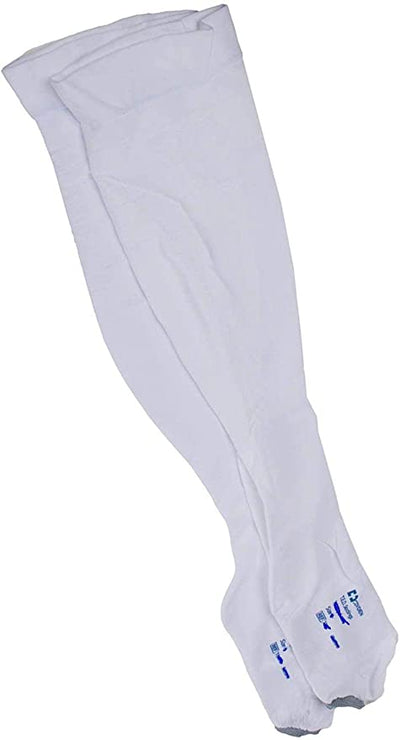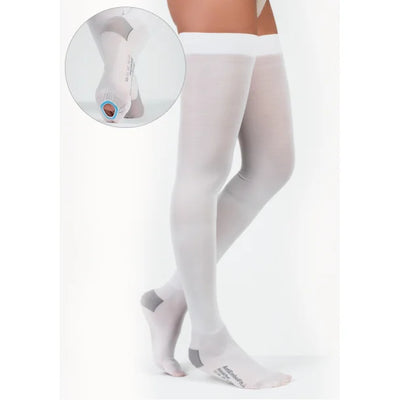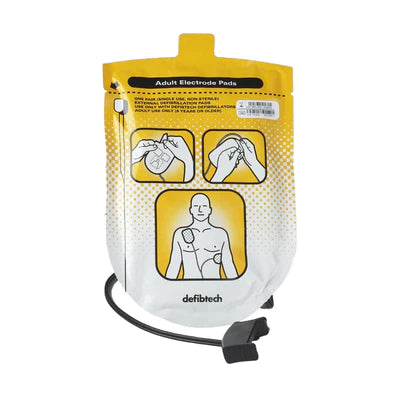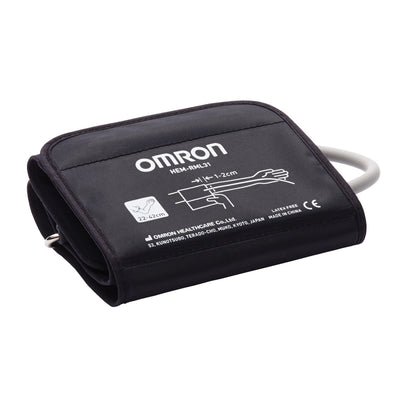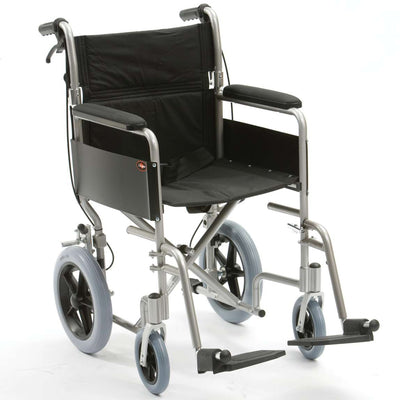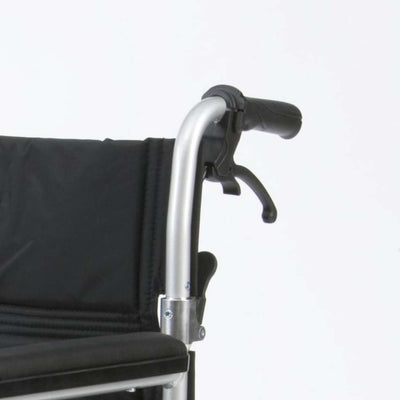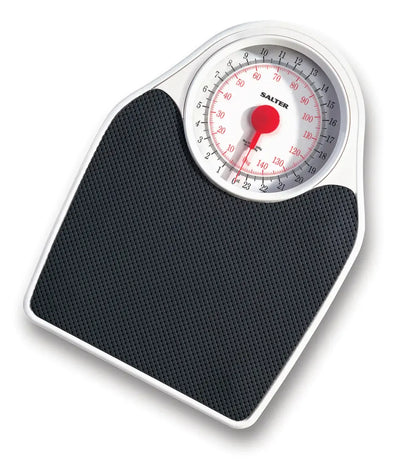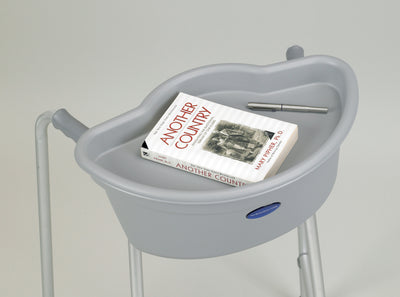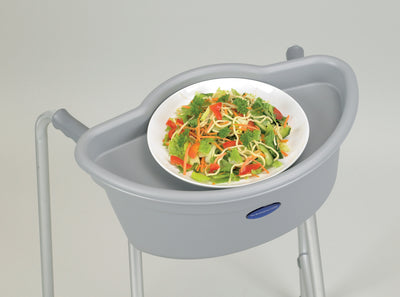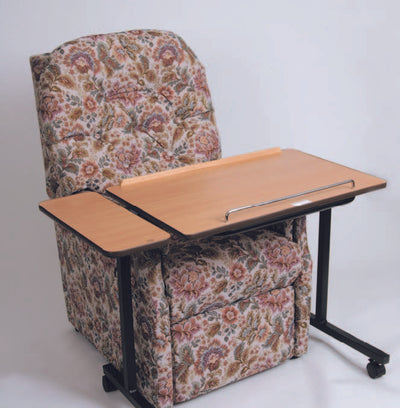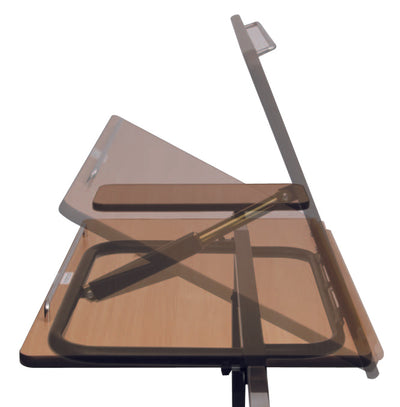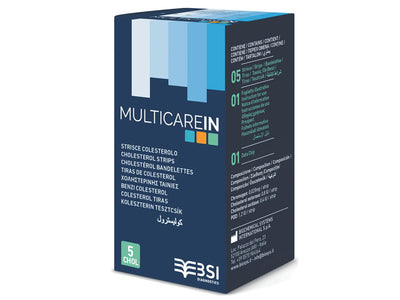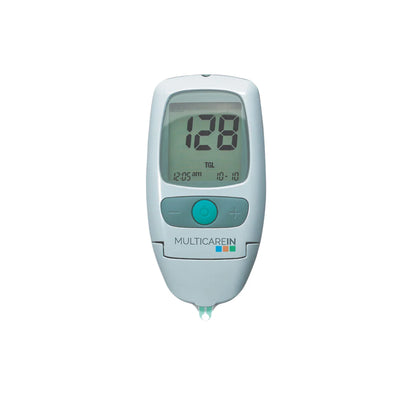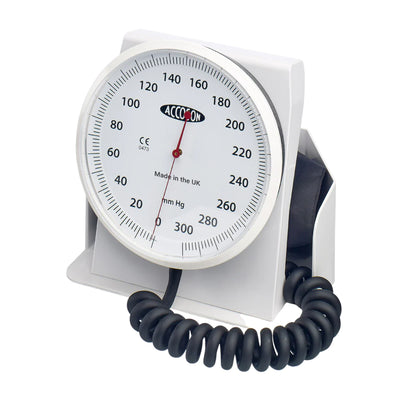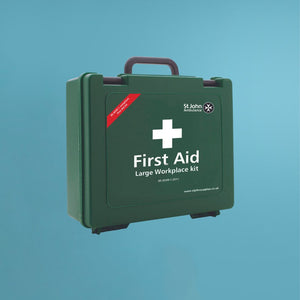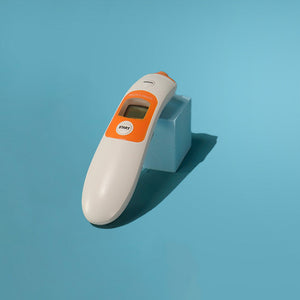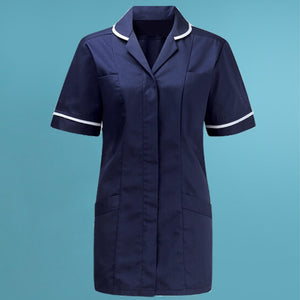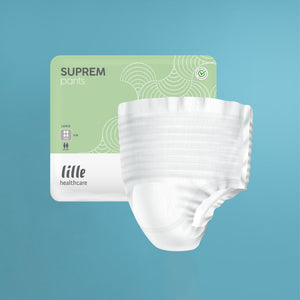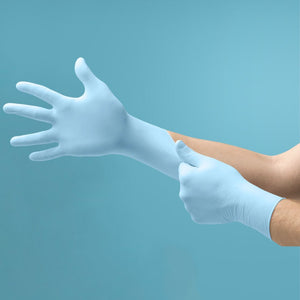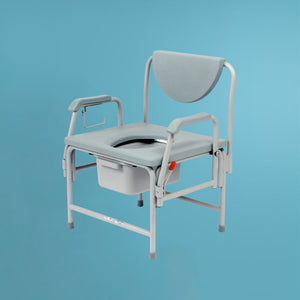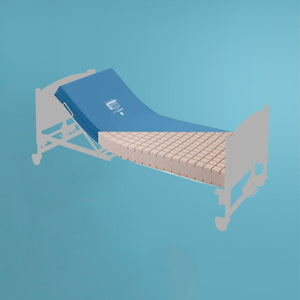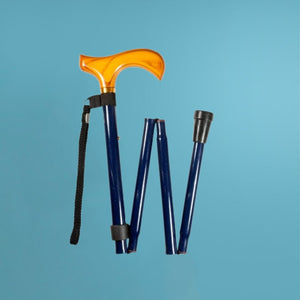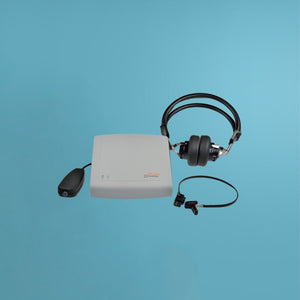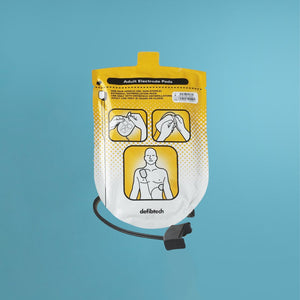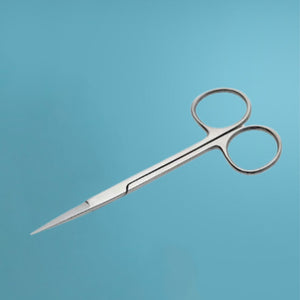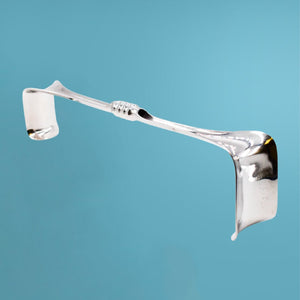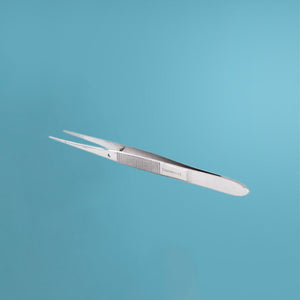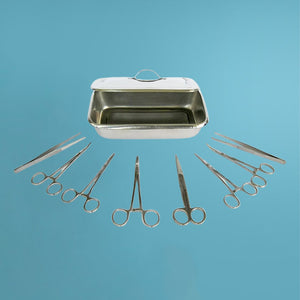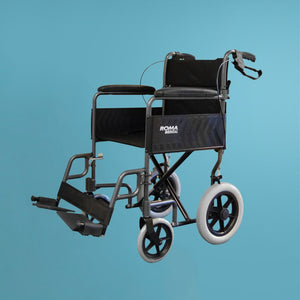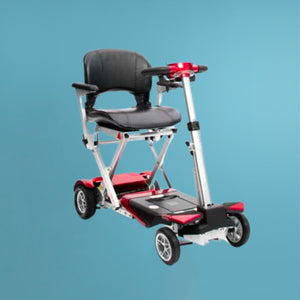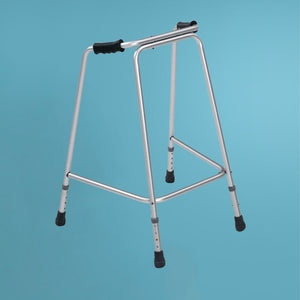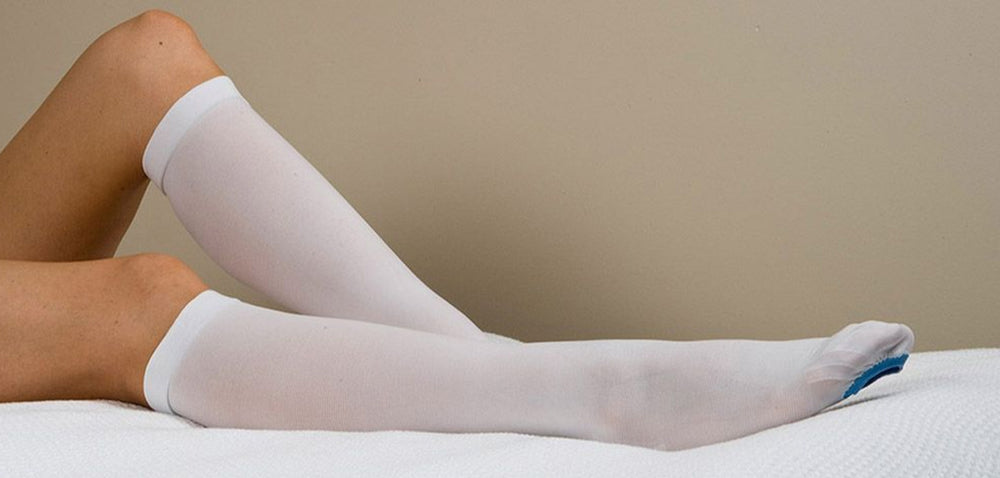Anti-embolism stockings are made of elastic and can be as long as the thigh or as short as the knee. They can help to prevent blood clots by gently squeezing your legs together. This makes your blood flow faster and keeps your leg veins from enlarging. This helps prevent blood from pooling in your legs and clotting over time.
How To Use Anti-Embolism Stockings
- Before using the stockings, ensure your legs are precisely measured using a fitting chart. This should be administered by a nursing team member who has received the necessary training. Furthermore, if your leg size changes or your stockings become uncomfortable, your leg should be remeasured and evaluated.
- Wear the stockings at all times during your hospital stay. You should wear them until your mobility returns to normal or improves. When you are discharged, your nurse will provide more information on how long you will still use it at home.
- Every day, stockings should be removed for no more than 30 minutes. Your legs should be cleaned and checked for injury, discolouration, and pain.
- Allowing your stockings to roll down will result in a tight band, creating constriction and affecting your blood flow.
- Avoid using greasy ointments, oils, and lanolins on your skin since they will harm the elastic fibres of your stockings.
- When moving about, please wear slippers or shoes because stockings can be quite slippery on hard flooring.
- Putting on the stockings might be tricky. As a result, the elderly and those with disabilities may require assistance from a caregiver or family.
How To Put On Anti-Embolism Stocking, A Step-By-Step Process For You
- Insert your hand up to the heel of the stocking.
- Keeping your hand inside, flip the stocking inside-out to the heel.
- Slip the stocking over the foot. Make sure the heel is centred in the heel pocket on the stocking. If the heel fits, the inspection hole will be under the foot. In certain circumstances, the stocking will overhang the foot, which is okay.
The essential thing is that the heel square is in the correct position; if a portion of the stocking overhangs the toes, it may be tucked into your slipper.
- Pull the stocking up and around the ankle and leg. Then, pull the remaining stocking up to its maximum length, ensuring no creases exist.
- For full-length stockings, ensure the stocking fits snugly enough to allow the knee and thigh to flex. The gusset is located in the centre, on the inside thigh.
How To Choose And Use Compression Stockings
When choosing suitable compression stockings, you have to consider that the appropriate amount of pressure and kind of stocking is determined by the number, type, and underlying cause of a person's varicose veins.
There Are Three Types Of Compression Stockings
Graduated compression stockings: The amount of compression in graduated compression stockings is at maximum at the ankle and progressively reduces towards the top. They are intended for mobility and to fulfil particular length and medical strength standards. This type of stocking requires a professional to fit the graduated compression stockings.
Stockings just below the knee reduce peripheral edema or lower leg swelling caused by fluid accumulation, while stockings that reach the thigh or waist assist to minimize orthostatic hypotension by reducing blood pooling in the legs.
Anti-embolism stockings: Anti-embolism stockings help to lower the risk of deep vein thrombosis. They give gradient compression, similar to graded stockings. However, the degree of compression varies, and these socks are intended for people who are unable to move.
Nonmedical support hosiery: Nonmedical support hosiery often does not require a prescription. They include elastic support hose and flying socks, both marketed as potential remedies for tired, aching legs. These socks provide consistent compression while putting less strain on the skin than prescription compression stockings.
How To Wear Them
First, before you put them on, hand wash them. It will make them more adaptable and easy to wear. If you can afford it, consider purchasing a second pair. That way, you'll have a clean pair to wear while the other is being washed.Then, before wearing them, apply a dressing to open wounds (if there are any) and ensure to keep your stockings near your bed so you can put them on first thing in the morning.
To Put Compression Stockings On, Here’s A Step-By-Step Process For You
- Do it first thing in the morning when your legs are the least swollen. Sit in a backless chair. This provides something to lean on when putting on your stockings.
- With one hand, grasp the top of the stocking. Then, reach inside the stocking with your other hand and push your arm all the way through until you reach the end and can hold the toe.
- Pull your hand back up through the stocking, turning it inside out but leaving the tips of your fingers in the toe of the stocking after you grasp the toe well.
- Insert your toes into the stocking's toe and gently roll and slip it back over your heel. Then, carefully roll and slide the stocking up your leg using your fingertips or palms.
- Avoid grabbing and pulling at the top of the stocking, as this might cause it to rip or tear.
Compression stockings can be worn daily and they should be tight yet pleasant if they fit your size correctly. Wear them all the time unless you're showering or sleeping. Also, ensure to replace your stockings every four to six months.
Considerations and risks
Compression stockings, like any other medical instrument or device, have their own set of risk factors to consider, such as;
- Incorrectly used compression stockings can cause complications such as skin breakdown, according to a 2014 case report.
- According to a 2014 report published in the Canadian Medical Association Journal, compression stockings might aggravate ischemia or insufficient oxygenated blood flow.
- A 2007 research revealed complaints of peripheral nerve injury caused by improper compression stocking usage.
Why do people use them?
Since, compression stockings are tight-fitting, flexible socks that gently compress your leg. There are several reasons why people use them daily or as prescribed by their physician. These socks are of great help when it comes to the following;
- Increasing blood flow.
- Prevent fluid accumulation in the legs.
- Relieve symptoms associated with varicose veins, skin ulcers, and deep vein thrombosis.
- Preventing difficulties caused by skin ulcers.
Conclusion
Anti-embolism and compression stockings differ in function, construction, compression degree, and length of usage. Anti-embolism stockings are used to avoid blood pooling and lessen the risk of blood clots (embolisms). Therefore, these stockings are highly suitable for post-operative or immobile patients.
On the contrary, compression stockings are designed to enhance blood circulation. They are intended to address the demands of mobile (ambulatory) patients who undergo treatment for edema, chronic venous insufficiency, varicose veins, and lymphedema. It is also used to prevent swelling during pregnancy.
Regarding design, anti-embolism stockings are only available in white and contain a tiny hole around the toes for monitoring the patient's circulatory health. On the contrary, pressure socks and compression stockings are available in various patterns and hues.
In simple words,
- If the patient is in bed, anti-embolism stockings should be worn
- If the patient can walk, medical graduated compression stockings are recommended.
FAQs
- What can I do if I’m having trouble putting the stockings on?You can use rubber gloves to assist you to hold the fabric when putting the stockings on. In some cases, use silicone lotion (such as ALPS) or talcum powder for your legs. If your stockings include latex, or if you are unsure, avoid using other types of lotions or creams on your legs while wearing the stockings. You can also consider using a "stocking butler," a metal contraption that holds the stocking open as you step into it. However, you should try one before you buy one. They might be challenging to use. Lastly, Consult your doctor or a qualified fitter at your local medical supply store for further assistance.
- When can I take off my stockings? You may remove your stockings before bed and put them back on first thing in the morning to wear them during the day.
